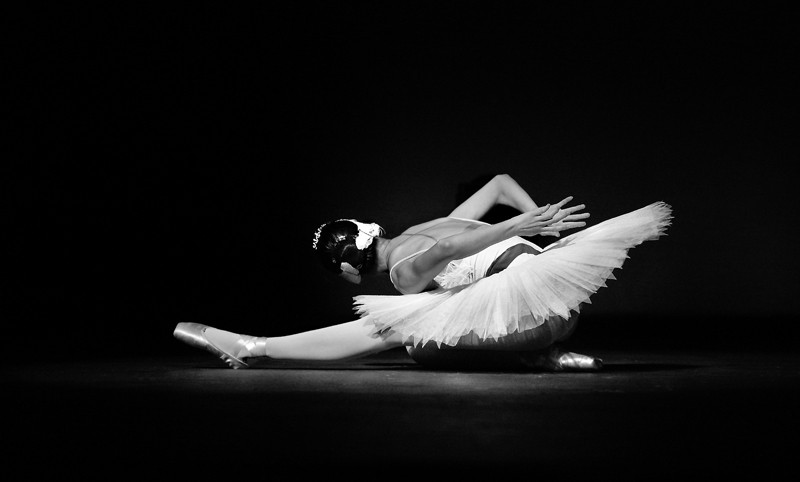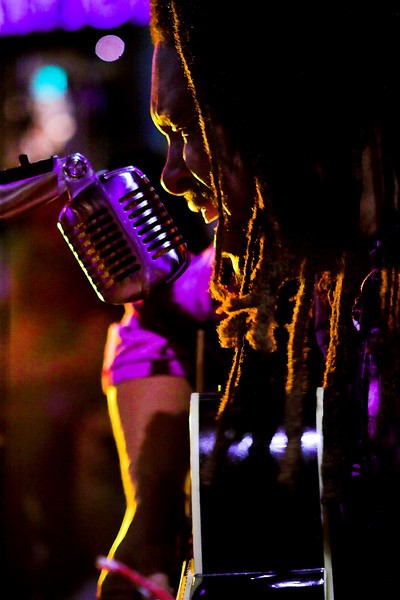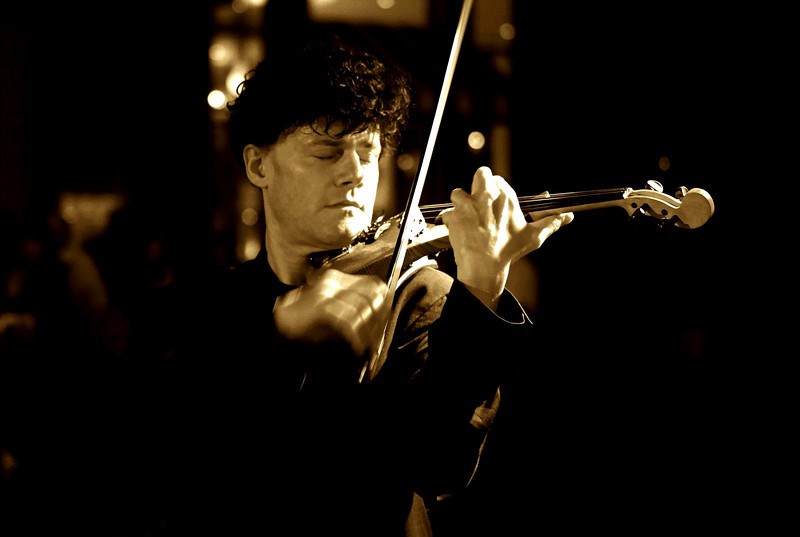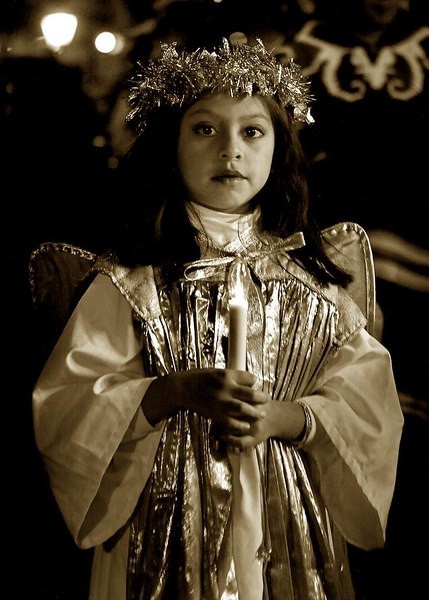"If someone speaks in a forest and no one was around to hear him, did he ever speak at all?"
Of course he spoke ... but communications was certainly limited ... Conversely, Obama electronically addressing millions across all seas and land masses ... is that hyper speaking ... an unread book is still a tool for communications and potentially contains all the necessary elements for communications waiting for the moment for a person to flip a page. So to the latent photograph ... regardless if the communicative tool is dormant or active, it is all about communications. But what is your point?
"With the vast number of digital photographs sitting dormant on people's hard drives and film photographs sitting in binders/shoe boxes etc., and they're not bad pictures. I think that we can take pictures but not have anyone around to appreciate them - photography for photography's sake, and for the sake of personal satisfaction."
No arguement there.
"I do not deny that there are some forms of photography that are communicative, usually in photojournalism that evoke feelings of pity or war, but to say that all photography is communicative is false."
Wrong ... all photography is communications ... either kenetic or potential ... every image communicates something. If you ever run across an image which doesn't communicate ... then I risk to say it is something else other than a photograph. While photo journalist use images to report history ... others use photoghraphy to communicate emotion while others use photography to communicate a purety of beauty or a symphony of color ... an entire spectrum of communications ... and tomorrow photography will communicate in a way we have yet seen or discovered.
"A lot of photography deals with describing an emotion that the photographer felt when he took the shot (i.e. photographic film noir) but not necessarily to imbue it in the viewer."
If a person had absolutely zero considerations to transfer some communicative device, no matter how minute ... then why try a photograph? The mere fact that one took a photo implies a need to communicate.
"Then I challenge you to do it. Duct-tape the screen-protector over your LCD and buy a 64MB or 32MB card."
Challange me to what? Again, what's the point?
Well ... I think you want me to shoot digital as if I shooting film ... then see what I get. Unfortunately, I'm a sucker for a challange ... so supposing what I just stated is the root of the challenge this is what I'll do:
1) I'll turn off my LCD; and
2) When I was shooting film I tried not to exceed four rolls of 36 (for obvious development reasons). 4x36= 144 I get 52 and 59 shots per GB so I will limit myself to 144 files. Two GB at 52 and One GB at 59 = 163 ... so to start the 'challange' I'll waste 19 files to match the 144.
I live in SoCal ... so pick an event or a venue ... (I'll be happy to suggest some ...)
"Grain (not noise) adds to the image by adding to the character of the image."
Sez who? Oh baloney ... the image below does not become enriched (IMO) by the heavy grain ... a bit of contrast would improve this image much more than the distracting grain ...
"You have to realize that noise isn't visually the same thing as grain - noise dirties an image while grain can add a sense of context."
*sigh* Generally speaking, heavy grain and heavy noise is a distraction. (There are exceptions of course ... but we are speaking in gerneral term here.) Generally, an image with little drama and impact cannot asborb heavy grain or noise and be successful ... the greater the drama and impact of an image, typically, the greater its abilility to asborb grain/noise and be successful.
I am not saying that grain and noise are visually identical ... but I am saying that both, generally, are distracting elements of an image.
"While this isn't the best example:
Take a look at the bokeh in the large photo, along the areas where the arches meet the shadows and tell me truly that looks like noise. The grain structure here enhances the abstract part of the arches, giving them an almost curve into the photo rather than a totally clean photo where it would simply fade in (think a sphere versus a bell curve). Again, not the best example, I have better ones (just not scanned in) but hopefully you can start to see what I'm talking about here."
Different films aren't about different "effects" persay but different feels. If you take a crappy image, it stays a crappy image and nobody tries to clean it up. Photoshop, on the other hand... you can apply the Monet filter as many times as you want to a crap image, and in the end everybody can see through the filters you applied and see that the image was crap to begin with."
There is a huge difference between a photographer and a digital artist. I consider myself a photographer and I limit myself those photoshop tools and methodologies that were/are available to me in a wet darkroom.
Some noise in this shot:
ISO 1600 (slight noise reduction in DPP only)
Lots of noise here:
ISO 1600 (no noise reduction)
and here:
No Noise Reduction
one more 1600 w/ no noise reduction
Gary















